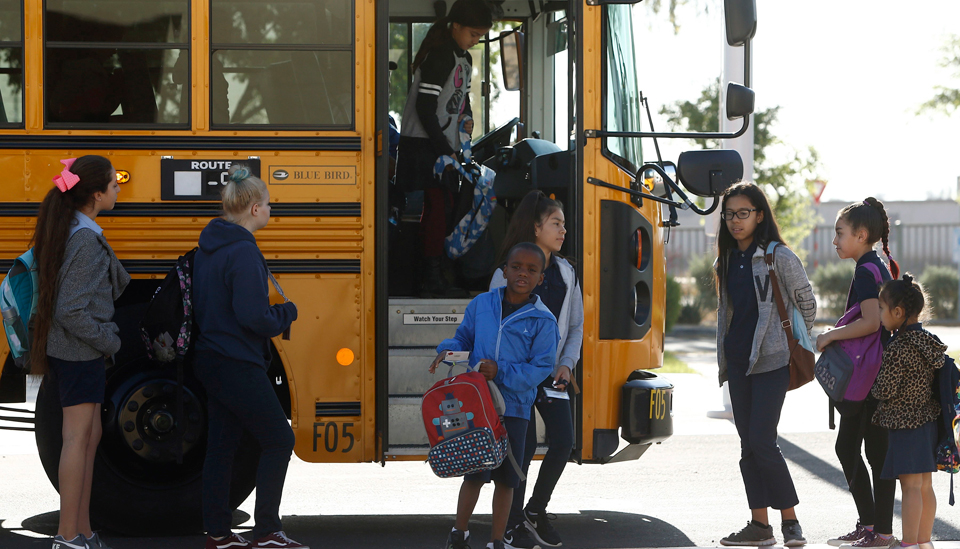
I have known the dread, the sheer anxiety that comes with the onset of summer ever since my oldest started school. It happens around mid-May, when we working parents remember that the nice weather harkens the impending finale of the school season. The long days when our kids are no longer in school and need someone to watch them or someplace to go while we work are coming. For me, the anxiety has always been real.
One summer, in particular, I was working at the local marina doing marketing and public relations work, while also chasing stories as a stringer for the local newspaper. I had four kids, two in school and two that went to the subsidized daycare at the college I attended at the time. I was able to cover events and put in hours at the marina during the school year with no stress and a child care bill that fit our budget. Then summer rolled around.
Finding care for four kids in a daycare facility would eat up almost all the money my husband and I made each month. My relatives were looking for care for their own children, so they were not an option. My parents and grandparents were working as well, so they said they could not watch my kids.
My oldest two could have attended day camp, but only a half-day. That would leave me with only half a day of care and the added responsibility of finding someone to shuttle them from camp when it ended. Other programs provided by the school system created a similar hardship but were good ways to fight another source of working parent guilt—the summer brain drain. However, these programs are disappearing.
For us and so many other parents out there who work and survive paycheck to paycheck, the childcare dilemma means summer is not necessarily all bright and sunny.
More expensive than Christmas
In some ways, at least when it comes to costs, summer is even worse than the Christmas season—expenses are spread out over three long months rather than all focused on one holiday. The 2010 U.S. Census surveyed working parents and found that most are paying more for childcare in summer than they were for rent and other bills.
While the rule of thumb is that childcare costs should never exceed 10 percent of a family’s total income, daycare costs typically eat up nearly two-thirds of the household’s money in reality. For many, the cost of daycare alone forces dangerous decisions between eating lunch this week or going hungry. Daycare impedes the costs of health and vehicle maintenance, causing families to compromise their well-being and safety in order to make sure the kids are cared for during the long summer days.
A lot is said about tapping family members for childcare but doing so is never as easy as it sounds. Many parents run into a problem with availability because working class people are from working-class families—people who also have to work for a living. Even grandparents these days take on additional work after their designated retirement ages to supplement their meager monthly payouts. The Bureau of Labor Statistics even found that 40 percent of Americans ages 55 and up were working or seeking work in 2014. Sure, grandparents were once a ripe source for child care, but they are struggling to survive and working like the rest of us.
There are government programs, but let’s face it, this current administration won’t leave any alive for working families much longer. One of the programs that Trump and his administration are trying to defund is the 21st Century Community Learning Centers fund. According to the Afterschool Alliance, the “21st CCLC initiative is the only federal funding source dedicated exclusively to supporting local afterschool, before-school and summer learning programs.” So even those half-day programs offered by the schools for older kids are in jeopardy. And this is just one program that the president is attacking.
Finding solutions
Some of the only solutions I have found were from other parents who had to get resourceful about their summers. One mom talks about going on a shift opposite her husband so that one of them could be with the kids at all times. Some scraped the money together to share a nanny, while others struck a deal where one stay-at-home mom would form an in-home daycare for her former co-workers. Some left their kids at home alone after the school-sponsored day camps, because there was nothing else to do.
One solution that working families have long relied on is for the older kids is work. Tweens and teens can find work, even if its volunteer jobs around the neighborhood during the day. This will get them off the couch and out of the house doing something that will bring some experience to maybe talk about on those college applications. Many teens may find there is a great demand for babysitters during the summer months, maybe helping to solve the problems for multiple working parents in one stroke.
But there are other, bigger solutions. Remember those school and community-sponsored programs that are disappearing? They are backed by funds that the local and state governments could replace if they are forced to do so. How come some politicians are always so eager to cut property taxes or give tax breaks to big companies, but they’ve got no cash for kids’ programs?
Parents can get together and go to their local school board meeting and ask where the money is, following up at the city hall and county meetings as well. Ask the officials where the dollars for community programs have gone and why are there none for providing for children in summer.
The dread of the working family summer is something that parents feel until their kids are in high school or until the family reaches an income level that makes child care costs just another household expense. For most American families, however, finding child care during the summer is and will always be a hardship.










